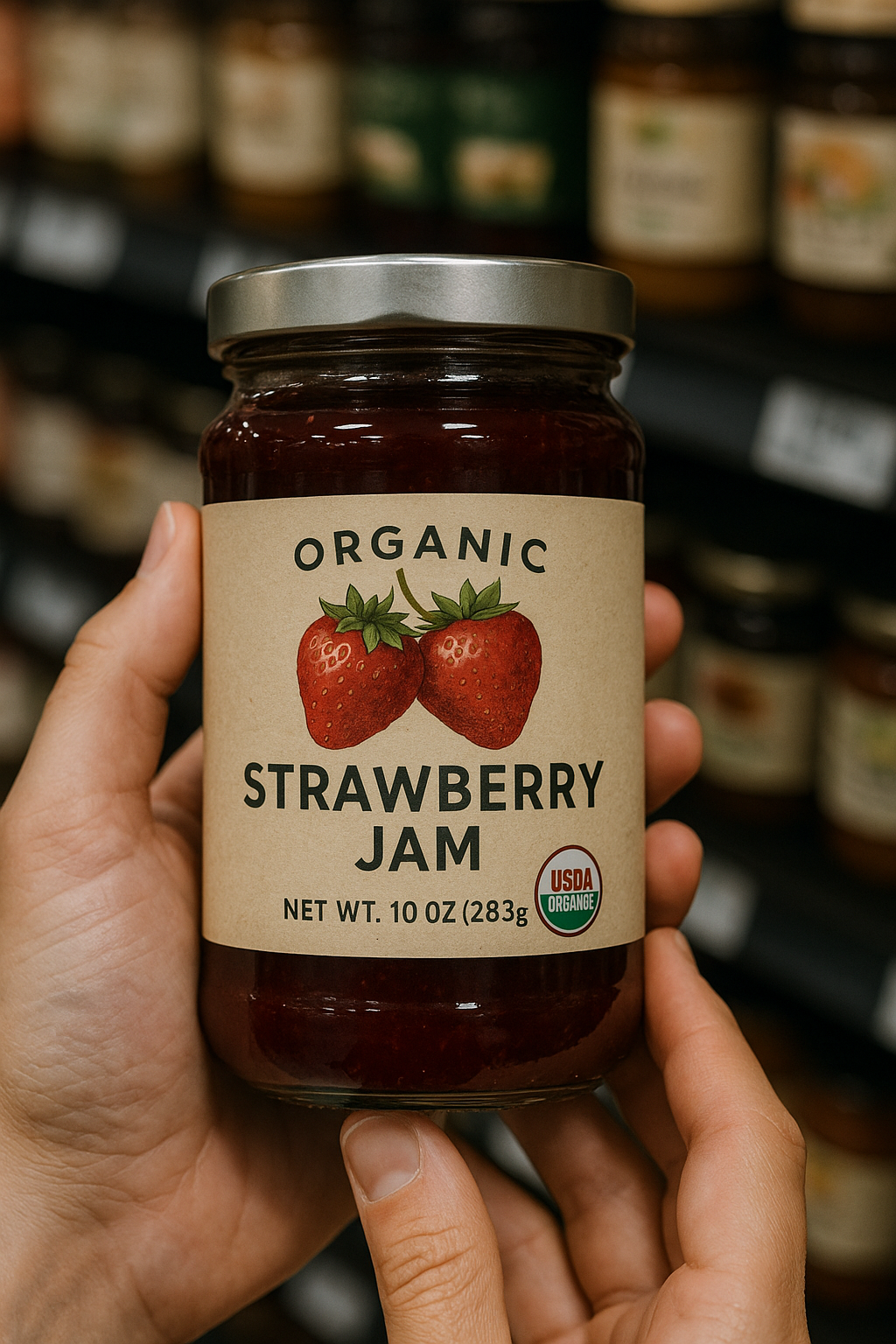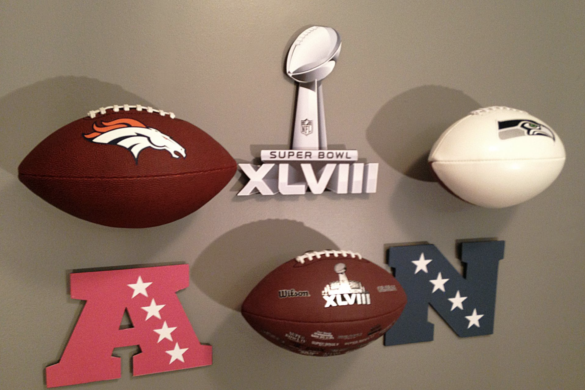Modern consumers expect more than basic product information on the labels—they seek an engaging and transparent brand experience. To stand out in a competitive retail environment, companies must prioritize creative approaches to labeling, leveraging technology, sustainability, and design to connect with today’s shoppers. For brands seeking to elevate their packaging, a comprehensive approach to labels for products is essential.
Evolution in the labeling industry has turned what was once a purely functional aspect of packaging into a critical element of brand differentiation and consumer engagement. Labels can now tell a unique story, guide a customer’s purchase journey, and reflect a company’s core values—eco-friendly sourcing or next-gen tech innovation. In this article, we explore brands’ cutting-edge strategies for creating deeper connections and building trust with their audience through innovative labeling.
Smart Labels: Integrating Technology for Enhanced Interaction
Smart labels are redefining the boundaries of product packaging by incorporating interactive features such as QR codes, NFC tags, and augmented reality (AR) experiences. These elements invite customers to engage directly with the brand—scanning a QR code might unlock in-depth product details, user instructions, or exclusive promotions tailored to their preferences. For example, leading beverage brands increasingly utilize AR on wine or spirits bottles, offering virtual tastings, the story behind the vineyard, and pairing suggestions. This captivates the customer’s attention long after the initial purchase, encouraging brand loyalty through digital connection.
Sustainable Materials: Eco-Friendly Labeling Solutions
Sustainability is no longer a fringe consideration but an expectation. With increasing scrutiny on plastic waste, brands have moved towards eco-friendly labels using recycled paper, biodegradable inks, and linerless designs. These innovations reduce landfill impact and energy consumption, aligning with growing consumer demand for responsible sourcing and production. Labels designed for easy removal and recyclability further enhance brand reputation among environmentally conscious shoppers. Companies embracing these materials lower their carbon footprint and gain marketing advantages by transparently aligning with environmental values.
Personalization: Tailoring Labels to Individual Consumers
Personalization in labeling takes customer experience to a new level by using variable data printing to create tailored interactions for each buyer. Brands can add individual names, special messages, or even unique designs to their packaging, making the product feel special. The beverage industry’s use of personalized name labels and gift products clearly demonstrates this trend’s power to drive consumer preference and repeat business. Personalization also opens doors for creative campaigns—limited editions, commemorative packaging, and direct-to-customer messages personalize the shopping journey and create memorable moments, building deeper emotional ties. According to a study from McKinsey, personalization can drive 5-15% revenue increases for companies that deploy it thoughtfully. Read more about the impact of personalization.
Minimalist Designs: The Power of Simplicity
In a cluttered marketplace, minimalist label designs focus on clarity and simplicity. Clean layouts, understated color schemes, and modern typography signal transparency and sophistication. Brands like Apple and Aesop have shown that a minimal design can reinforce brand authority and invite trust, catering to consumers who value straightforward, honest presentation. Minimalism is also versed in quickly highlighting essential product information, helping shoppers make more informed decisions on crowded shelves without feeling overwhelmed by visual noise.
Premium Finishes: Elevating Brand Perception
Premium labels use tactile and visual techniques like textured substrates, embossing, foil stamping, and holographic effects to create a sense of luxury. These finishes capture attention and elevate the product’s perceived value, positioning it above competitors. For example, textured and metallic elements often influence consumers at the point of sale in the cosmetics and specialty foods sectors, driving impulse purchasing and repeat buys. Therefore, Premium finishes are strategic investments that strengthen brand differentiation and in-store presence.
Anti-Counterfeiting Measures: Ensuring Product Authenticity
Counterfeiting remains a major concern for brands and consumers, particularly in the pharmaceutical, beverage, and luxury goods industries. To address this, companies utilize embedded RFID chips, tamper-proof holograms, and micro-patterns in their labels. These advanced solutions enable quick, trustworthy verification—consumers or supply chain partners can authenticate a product’s legitimacy instantly with a simple scan. In addition to preventing fraud, anti-counterfeiting labels protect brand reputation and reinforce consumer trust in the integrity of the company’s offerings.
Final Thoughts
Today’s labeling landscape is beyond a functional requirement; it is a dynamic field that blends art, science, and technology to capture consumer interest and build long-lasting trust. By embracing smart technology, sustainability, personalization, minimalist aesthetics, premium finishes, and robust anti-counterfeiting techniques, brands set themselves apart, driving engagement and loyalty in a fast-changing marketplace.








